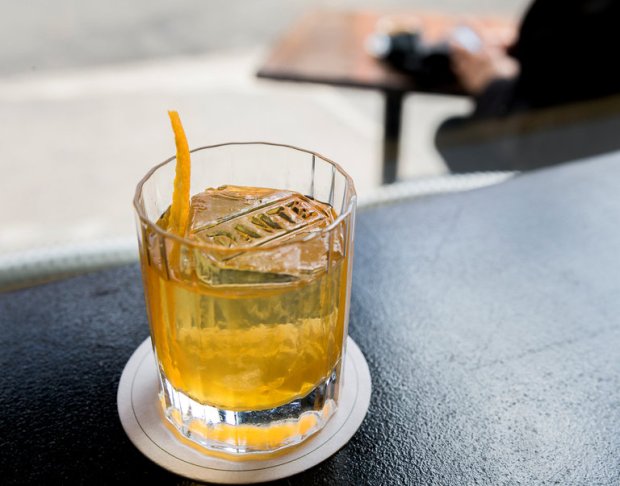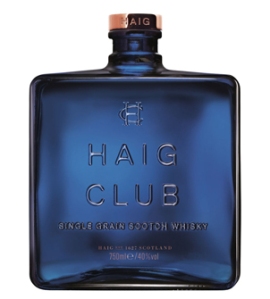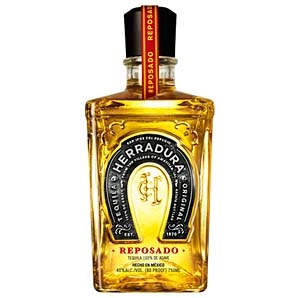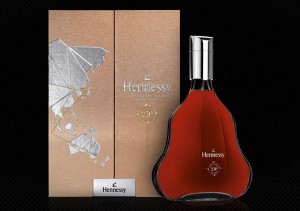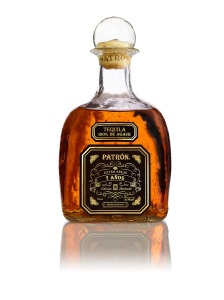Now that summer is well and truly upon us, (and in fact, has been for some time,) we at Mel & Rose thought it appropriate to take the time to talk about that oft-ignored member of the wine family: the Rosé. In that liminal space between red and white, the pink wine is rarely mentioned when discussing wine. (After all, when was the last time you went to a restaurant and saw a “Rosé” section on their wine list?) But, to discount this entire category of wine is to miss out on some of the most enjoyable libations that wineries have to offer, and it is the perfect accompaniment to a backyard barbeque, a pool party, an evening on the porch: basically, anything that has to do with a hot summer’s day.
A little background on rosé wine. Like red wine, it is made from red grapes, but receives much less color from the grapes during its making. It can be made using three separate processes: skin contact, saignée, and blending.
The skin contact method is the most common, and is the closest to the way red wine is made. After the grapes are picked, they are crushed to extract the juices, skins left on. Then, the skins and juice are left to soak together for a short time, usually around a couple of days, in a process called maceration. The pigments and tannins in the skin impart some color to the juice, but not nearly the amount that a red wine would receive. (A red wine would have the skins soak with the juice for weeks or even months before fermentation.) After the short soak, the process is the same for most other wines. Like white wine, the lack of extended maceration means that the wine is less oxidized and has less potential for aging. Rosés should be drank soon after they are made and ought to be enjoyed right now.
The other process is the saignée method. When making a red wine, the winemaker may wish to create a richer, deeper color and flavor than a normal maceration would allow. So, he will “bleed” off a portion of the juice from the must (the mixture of juice, stems, skins, and leaves created after the grapes are crushed) to intensify the remaining juice. This pink juice can then be used to make a rose. While amazing rosés can be made with this method, it is traditionally considered to be inferior to the skin contact method, in that the rosé made is created from the “leftovers” of the “primary” red wine.
Finally, the blending method is exactly what it sounds like: a red and white wine are blended together to create a “pink.” This method is very rarely used and is in fact illegal in the prominent rosé-producing regions of France.
Though you might not think it, rosé is most likely the oldest style of winemaking. The ability to cleanly skin grapes (in order to make white wine) and to concentrate the must sufficiently (in order to make red wine) takes a lot of technical know-how that the earliest winemakers simply didn’t have. They mostly likely were only able to crush the grapes by hand is barrels and then shortly after made wine out of the juice, which is essentially an early version of the skin contact method. As winemaking progressed, rosé has always been present. France, that great winemaking country, has been making rosés for hundreds of years in virtually all its winegrowing regions. Provence, in the south of France, currently holds the reputation for the greatest roses in the world, but Rhone and Champagne are also known to make fantastic roses. Italy makes rosé versions of many of their wines, including their Proseccos, while the Spanish make “Rosado” wines, some of which are made by a process called “dolbe pasta” (double paste), which is basically a reverse saignée method. (The rosé is made by the skin contact method, and then the dry remains of the must is added to a macerating red wine must to concentrate the red wine.)
Rosés are made in the New World as well, though their reputation has been marred in the wine community by something called a White Zinfandel. Also often called a “blush” wine, a White Zinfandel is a much sweeter version of a rosé made by a different process called a struck fermentation. Often when making wine, a struck fermentation mean disaster. After the juice has been drained from the must, it is mixed with yeast, which digest the sugars in the juice into alcohol. The yeast, though, requires a very particular concentration of alcohol and sugars in order to thrive. If the concentration is off, the yeast can die before they transform all the sugars into alcohol, leaving the remaining wine much sweeter than usual. In 1972, a Californian winemaker named Bob Trinchero managed to salvage a struck fermentation of Zinfandel, which had resulted in a sweet, pick colored wine. He marketed this as a new style of wine, dubbed “blush” by wine writers of the time, and reaped the benefits of its remarkable success in the 1980s. Unfortunately, most wine connoisseurs did not enjoy this very sweet wine, and the reputation of rosé was swept along with it. Now though, and in fact, throughout its wine making history, New World rosés of all styles, from bone dry to dessert sweet, can be found and enjoyed, whatever your taste.
Now, for some actual recommendations. Although we have rosés of most every style and origin available, we have a particular fondness for those from Provence. Of the rosés of Provence, our favorites would have to be from the Chateau d’Esclans Winery. They have a range of four wines, starting with the entry-level Whispering Angel, followed by the mid-range Rock Angel and Clans, and ending with the luxurious Garrus bottling.

But, our favorite, both for its flavor and its value, is the mid-range Rock Angel. Their newest bottle, Chateau d’Esclans wishes for this to be their flagship offering, and it is certainly worth that title. A bright and crisp wine, with soft red-fruit notes on the nose and front of the palate, it matures nicely to a dry, refined finish that leaves one exceedingly refreshed.

If you are looking for something a little sweeter, Provence has another fantastic offering with Domaine Ott. Their Chateau De Salle rosé is a pale pink color with gold highlights, that starts fruit forward, with notes of peach and lemon, before giving way to warm red fruits and soft vanilla notes, all wrapped up in the sublime terroir that only Provence is capable of.
So, now, as summer is winding down, if you ever are looking for something to drink that is cool and refreshing, while bright and flavorful, don’t forget about Mel & Rose and that dark horse of wines, rosé. We promise it won’t disappoint.
